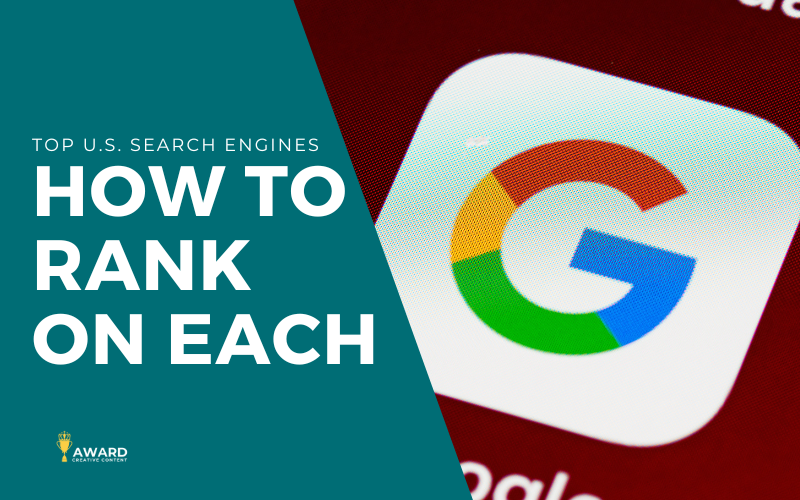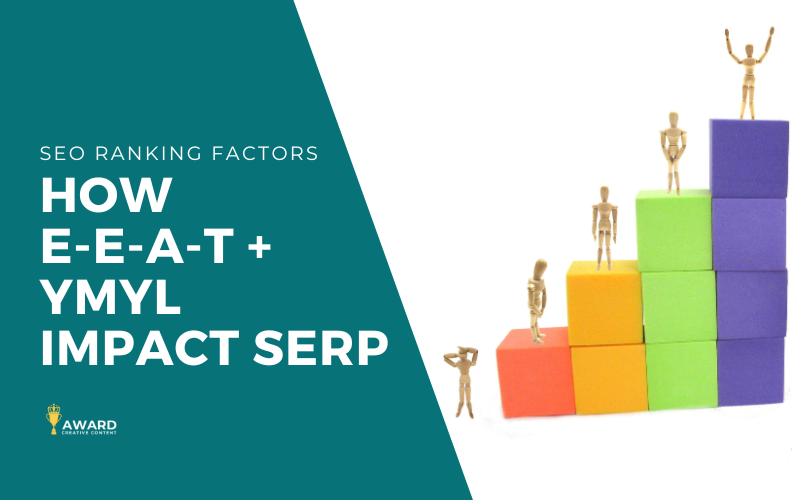When people need a product, service, or piece of information, they head to a search engine. No matter the platform, be it Google, Bing, DuckDuckGo, YouTube, or otherwise, if your website doesn’t appear in the first few results, you’ll lose traffic and any potential customers before they ever see what you offer.
So how does SEO work, and what can it do for your brand?
To do so, we’ll provide a quick, helpful overview of the 101-level elements of search engine optimization. To get beginners up to speed on SEO, we’ll be relying on lessons from the detailed HubSpot Academy’s SEO course. I can’t recommend HubSpot Academy enough, where I spent much of last year refreshing my SEO know-how for free.
What is SEO?

Search Engine Optimization (SEO) involves optimizing your website and content so it ranks higher in search engine results pages (SERPs). This optimization falls into two primary categories:
- On-Page SEO: Everything you control on your site—keywords, title tags, meta descriptions, site structure, and so on. This is what most people focus on when talking about SEO, but it’s only half the battle.
- Off-Page SEO: These are the quiet factors that can cause major swings in results. Factors like backlinks help indicate a site’s authority. Earning references from reliable sources can positively influence how search engines view your content. However, factors like site load time, mobile optimization, and other higher level factors all play a part in determining site authority.
Learn about AWARD’s SEO and marketing services today!
More on Key SEO Parameters
Keywords
While keyword usage isn’t the only ranking factor, it remains pivotal. Think of keywords as the direct link between your content and a user’s query.
- Research & Relevance: Use tools like Google Keyword Planner or SEMrush to identify the phrases people type in when searching for your offerings.
- Long-Tail vs. Short-Tail: Long-tail keywords often produce higher conversion rates because they target users with specific needs—like “low-sugar protein bars” instead of just “protein bars.”
Quality Content
Search engines assess whether your content effectively addresses a user’s query. High-quality content that is well-structured and offers genuine value can give you an edge:
- Clarity and Depth: Organize your information into sections or bullet points. Cover a topic thoroughly so visitors don’t have to jump to multiple sites.
- Readability: Content should be in-depth and informative but presented in a way that won’t bog down readers. Consider short paragraphs and other methods to get the message across without overwhelming the reader.
- Fresh and Updated: Periodically revise existing posts with new data, links, or examples. Search algorithms appreciate timely, accurate content.
Technical SEO
Behind-the-scenes elements also affect how your website ranks. Even the best articles can go unnoticed if your site underperforms technically.
- Mobile Friendliness: A growing number of searches occur on phones. Make sure your design adapts gracefully to various screen sizes.
- Site Speed: Compress large images and streamline your code to speed up load times. Slow sites frustrate users and are often penalized in search rankings.
- Security & Indexing: Use HTTPS to signal trustworthiness. Set up a clear site map so search engine bots can index your pages efficiently.
Authority and Backlinks
High-quality backlinks—links from authoritative sites—serve as endorsements that your content is worthwhile. Strategies to earn backlinks include:
- Guest Posting: Provide expert commentary or unique data for other websites, linking back to your own resources.
- Creating Sharable Assets: Publish infographics, research studies, or how-to guides that others naturally want to cite.
- Signing Up for High Authority Sites with Do Follow Links: This old method won’t likely help brands stand out, but signing up for certain sites with high domain authority and do follow links have been known to boost backlink counts.
Understanding User Intent
Back in the day, you could stuff any page with enough keywords and it would rank, regardless of quality. Today, search engines aim to connect users with the best possible result for their query.
When creating content for SEO, brands need to think of the reader as well. Content is broken into three intents:
- Informational Intent: Users want knowledge or insights, like “best practices for remote work.”
- Navigational Intent: Users type in a brand or website name, such as “Spotify login.”
- Transactional Intent: Users plan to buy or sign up (e.g., “purchase running shoes online”).
When your content aligns with a visitor’s specific reason for searching, it’s more likely to satisfy that search query and rank higher over time. Go against the grain, and your result may not get much attention from bot scrollers or those asking the questions.
Measuring Success and Refining Strategy
SEO isn’t static; it evolves with user behaviors and search engine algorithm updates. Consistently monitor your performance through tools like Google Analytics or Google Search Console.
- Keyword Tracking: See if your pages climb the SERPs for targeted phrases. If not, consider adjusting the content, adding more details, or building a stronger internal linking structure.
- User Engagement: Track metrics like bounce rate and pages per session. If visitors leave quickly, review whether your content truly addresses their needs.
That said, remember that SEO is a long game. While you may see results in a few days, weeks, or a month or two, the real results are more likely to take shape around month six to 12 when starting on a new site. Always stay vigilant with SERPs but don’t throw the baby out with the bath water if results dip on occasion.
So, How Does SEO Work? + How Can I Stay Ahead?
It all boils down to relevancy, authority, and technical excellence. By aligning your site with user intent, incorporating meaningful keywords, ensuring smooth technical performance, and earning reputable backlinks, you can improve your search rankings. However, this process demands regular upkeep and awareness of algorithm changes—something Google reminded us of with its December Algorithm Updates.
These updates targeted spammy practices like keyword stuffing and link manipulation while prioritizing high-quality, user-first content. Sites with strong E-E-A-T (Experience, Expertise, Authoritativeness, and Trustworthiness) saw gains, while those relying on outdated tactics were penalized. The lesson? SEO isn’t static, and staying informed about changes like Google’s December Algorithm Updates is crucial for maintaining visibility and growth.
For a deeper understanding, consider exploring HubSpot Academy’s SEO course. You’ll find step-by-step instructions, video tutorials, and case studies to guide your next moves. With consistent effort, you can create a search-friendly ecosystem that connects with your target audience and propels your brand forward in the digital space.
And don’t forget to stay up to date with news from top SEO sources, including but not limited to SEO Roundtable, r/SEO, the SEMRush blog, and many more.
More Helpful SEO Tips from AWARD CC
Looking for more insights on how to power your brand’s SEO strategy in 2025? Check out some of these recent blogs from AWARD:
- Top Internet Search Engines in America: How to Rank
- SEO in 2025 + Beyond
- How E-E-A-T, YMYL, and Content Authority Impact SEO Scores
- How Long Does It Take to Rank on Google?
- What is Cannabis Search Engine Marketing?
- Is SEO Dead?
- SEO for Cannabis Brands: Navigating Marketing Constraints
- Going Beyond Keywords and Backlinks
- Why Content Marketing is Important to Business Success
Contact AWARD for any of your search engine needs. While our expertise is rooted in cannabis SEO, our team’s years of hands-on search engine experience spans a wide range of industries. We’d love the chance to support your brand’s online visibility.




